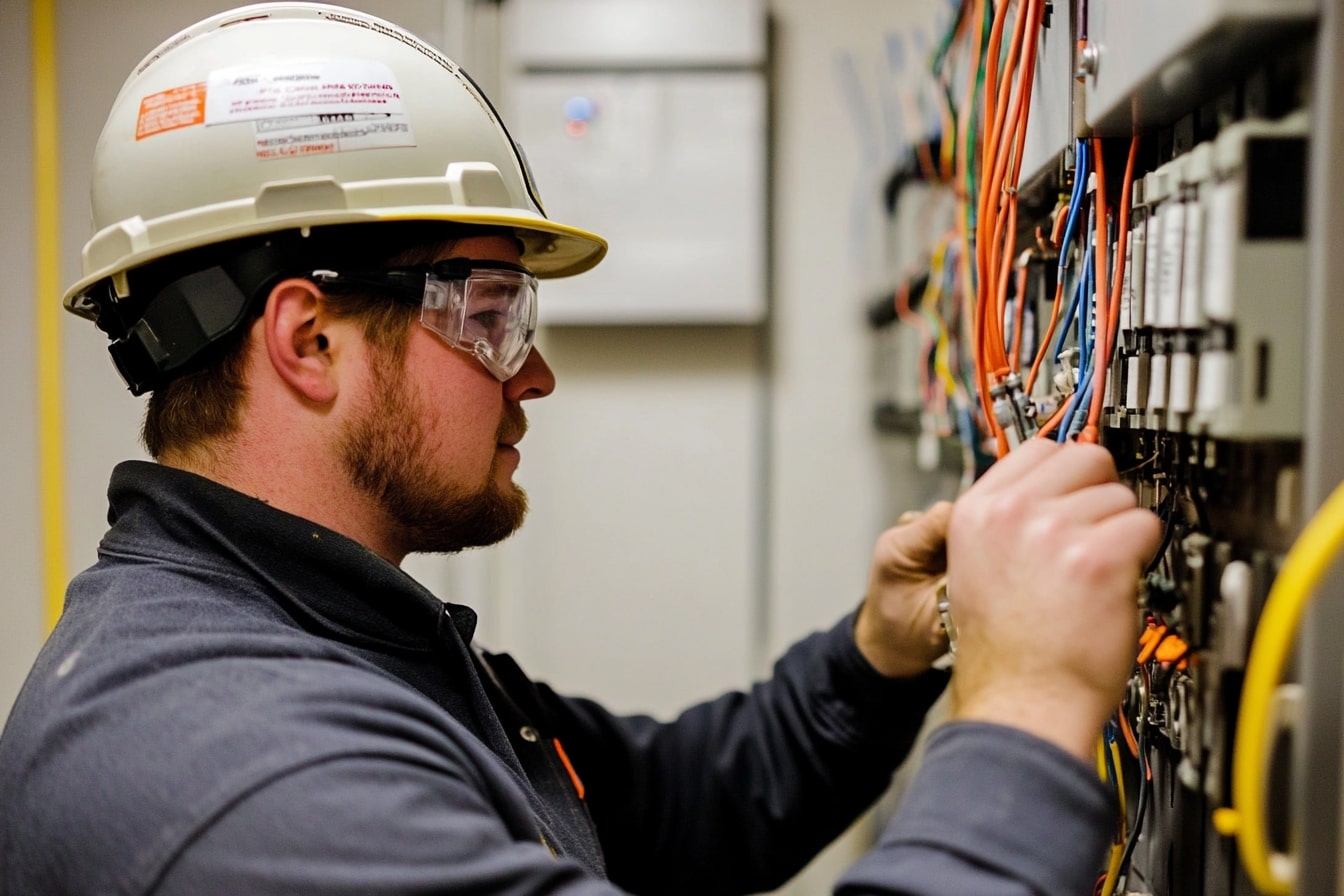Recording combustion smells and smoke: what details help technicians diagnose quicker
Noting the right details about combustion smells and visible smoke can speed up accurate diagnostics. This article outlines what homeowners and facility managers should record about equipment, timing, and environmental cues so technicians can identify causes more efficiently.

When homeowners or building managers detect combustion smells or smoke, the information they provide can significantly shorten diagnostic time and reduce unnecessary on-site checks. Clear, specific observations about where the odor or smoke appears, when it started, and any recent changes to equipment or settings help technicians narrow down causes ranging from filter issues to flue or draft problems. Accurate reporting supports safer, faster troubleshooting and can preserve the condition of furnace or boiler systems and connected ductwork.
Combustion: what to describe about odor and smoke
Describe the smell (sharp, sweet, metallic, rotten-egg) and the color, volume, and persistence of any smoke. Note whether the odor is continuous, intermittent, or linked to equipment cycles. Record if the smell appears only when the system starts, during steady operation, or after shutdown. Mention any visible residue, soot, or staining around vents or the unit. These combustion details help technicians distinguish fuel-related combustion problems from electrical burning or insulation heating.
Furnace, boiler and flue: equipment specifics to note
Provide make, model, and age of the furnace or boiler if known, and whether the unit runs on gas, oil, propane, or electricity. Indicate whether the flue or chimney shows signs of blockage, backdrafting, or unusual staining. Report any recent service, repairs, or fuel-supply interruptions. Technicians use this equipment context to prioritize checks for combustion-air supply, burner adjustment, heat exchanger cracks, or flue obstructions that can cause smells and smoke.
Ductwork, vents and airflow: location and spread
Identify which vents or rooms smell the strongest and whether the odor travels through ductwork or appears near specific vents. Note if vents are warm, cold, or pulsing with airflow when the system runs. Describe any obstructions, disconnected duct sections, or unusual leaks near accessible areas. These airflow observations guide technicians to inspect ductwork integrity, blockages, or cross-contamination from nearby combustion appliances.
Thermostat, sensors and diagnostics: controls and patterns
Record thermostat settings and whether the smell correlates with heating cycles or thermostat changes. Mention if any safety sensors, CO detectors, or furnace error codes have triggered, and include exact messages or lights observed. If a sensor has intermittent faults or if the thermostat recently lost power or was replaced, include that. This operational detail lets technicians reproduce issues and check controls, sensors, limit switches, and diagnostic codes more quickly.
Filters, insulation and efficiency: maintenance clues
Note the last time filters were changed and whether filters appear clogged or damaged. Describe nearby insulation or dust accumulation that could overheat and create burning smells. Include any recent changes aimed at efficiency—new insulation, sealing, or zoning adjustments—that might alter draft and combustion air. Filter and insulation clues often point to poor airflow or overheating that mimics combustion problems but may have different fixes.
Draft, zoning and timeline: sequence and context
Provide a clear timeline: when the smell or smoke began, any events just before it (power outage, maintenance, storm), and whether zoning changes affect which areas smell it. Mention if opening windows, changing vents, or turning off zones alters the odor. Draft direction—whether air seems to come down a flue or back into the room—helps technicians evaluate pressure imbalances, spillage, or backdrafting risks.
Conclusion
Well-documented observations about combustion smells and smoke — including odor character, smoke appearance, equipment details, airflow behavior, control signals, maintenance history, and event timing — allow technicians to focus diagnostics and reduce on-site guesswork. Clear, concise notes and photos or short videos of symptoms, vent locations, and any visible damage provide practical evidence that speeds accurate assessment and safer resolution in your area.





